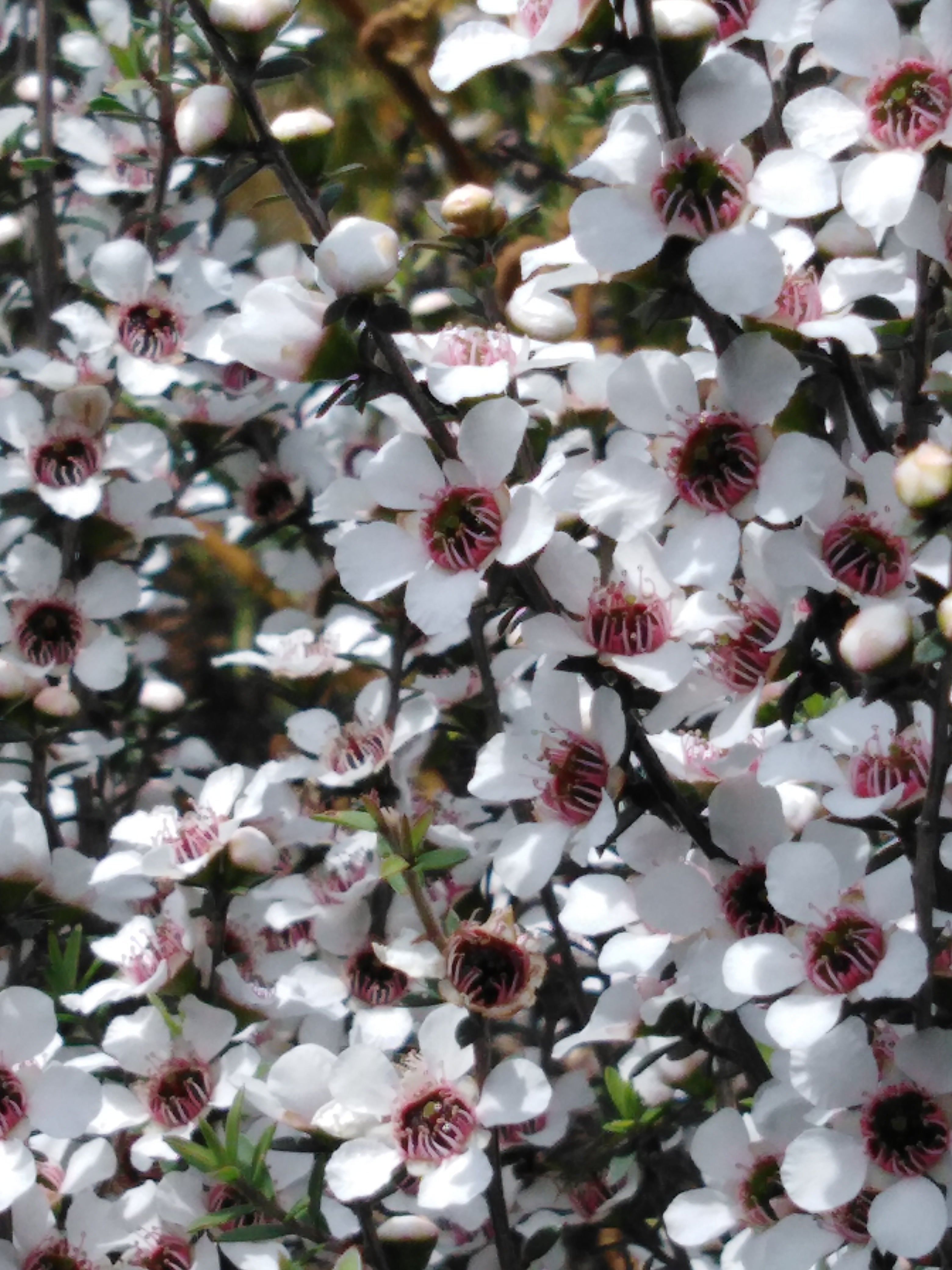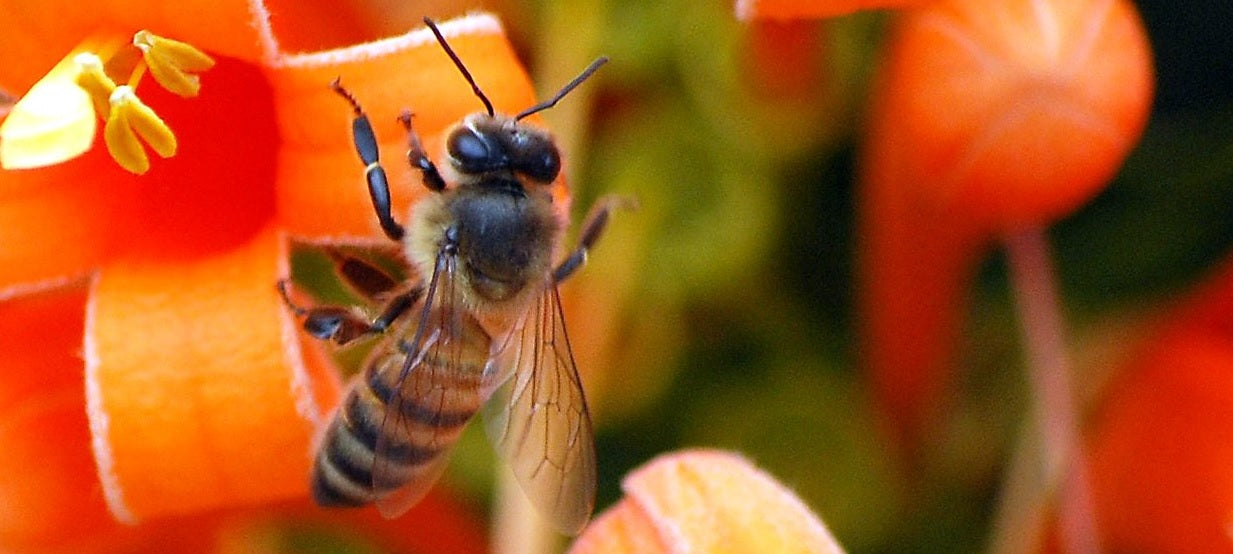Patents
Intellectual property
The production of the OH BEE HAVE empowering healing product is based on the HE-BEC singularity physics model that identifies dark energy and dark matter. It is not based on the Standard Model of Particle Physics, which can only identify atoms and the 5% of the universe that is understood through the current models of science.
The bee product processing method utilizes the He-BEC singularity model in order to understand single atom physics operating in the product. The technology is developed using a new scientific model for single atom physics.
Relevant scientific literature
The structure of the proteins in royal jelly have been determined by x-ray crystallography

Figure 1: Major royal jelly proteins structure determined by X-ray crystallography
The colloidal properties of proteins in honey have been known since the 1930s but have only recently been rediscovered.
The generation of radicals including the hydroxyl radical has been implicated in the antimicrobial properties of honey for a number of years.
Hydroxyl radical generation in Manuka honey was not considered to be relevant as it was unable to produce hydrogen peroxide because of the inhibition of glucose oxidase by methylglyoxal (MGO).
The anti-microbial activity of Manuka honey was attributed to MGO. However, MGO is implicated in diabetes in the formation of AGEs (advanced glycation end-products), activating RAGE receptors on macrophage and implicated in diseases associated with inflammation.
The role of MGO has always been questionable. Now there is new evidence coming to light as to the enhancement of the antimicrobial effects of phenolic compounds in Manuka honey.
The work performed at Quantum Technologies Limited highlights the radical chemistry responsible for the functional antimicrobial activity. It is a process and not in essence a single compound that is responsible for the antimicrobial activity. The photo-Fenton chemistry process that is functional due to coordination chemistry with MGO, minerals, light, hydrogen peroxide. These components come together to generate hydroxyl radicals that turn biological molecules into CO2 and water. This is how pathogens are destroyed in a process known as phagocytosis.

Figure 2: Fenton chemistry and photo-Fenton chemistry associated with the high iron content of Manuka honey

Figure 3: Coordination chemistry with the aromatic ring

Figure 4: MGO complexation chemistry
It is proposed that the ring structures and polymeric forms of MGO that form within the pollen grain within Manuka honey are responsible for coordination chemistry with iron that is part of the natural photo-Fenton pollen tube formation system that is occurring during honey aging whilst Manuka honey is aged. The pollen acts as an isolated environment that accumulates CO2 and water and it is these processes responsible for MGO accumulation in Manuka honey.
The isolated environment of the pollen grain within Manuka honey accumulates polymeric forms of glyoxal as part of the pollen maturation process occurring during Manuka honey storage. The rupture of the fluorescent pollen grains provides the increase in MGO content in the Manuka honey.

Figure 4: Mass spectral analysis has identified polymeric glyoxal in pollen grains isolated from Manuka honey.
The pollen changes its fluorescent properties on storage in the Manuka honey. The increased fluorescence is associated with an increase in the polymeric glyoxal coordination complex with minerals and this is responsible for the generation of CO2 and water through the photo-reduction of iron and the photo-Fenton chemistry that generates the hydroxyl radical that reacts with the compounds producing DHA and MGO as the by-products of pollen tube growth as part of the natural pollen fertilisation process.
Quantum Technologies Ltd utilizes these natural processes during production of the product. Production of MGO modified royal jelly proteins that have functional phenolics attached to the proteins as part of the chain termination of radical chemical reactions. The protein-phenolic-mineral complexes have skin rejuvenating properties as well as a raft of other functional benefits.


